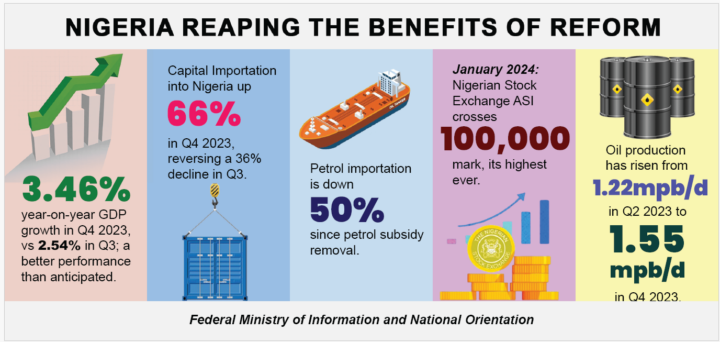BY John Habila Murai
The United States invasion of Afghanistan occurred after the September 11 attacks in late 2001 and was supported by close US allies which had officially begun the war on terror.
The conflict is also known as the US war in Afghanistan or the 2001 invasion of Afghanistan and its public aims were to dismantle al-Qaeda and deny it a safe base of operations by removing the Taliban from power.
The united kingdom was a key ally of the United States, offering support for military action from the start of preparations for the invasion.
The invasion followed the Afghan civil wars (1996-2001) phase between the Taliban and the northern alliance groups, although the Taliban controlled 90 percent of the country by 2001.
It became the first phase of the war in Afghanistan (2001-present) where the then US President George w. Bush demanded that the Taliban should hand over Osama Bin Laden and expelled Al-Qaeda; Bin Laden had already been wanted by the FBI since 1998.
The Taliban declined to extradite him(Bin Laden) who was accused by the US government as the principal suspect in the September 11, 2001 attack on the United States of America, unless given what they deemed as convincing evidence of his involvement in the 9/11 attacks, and ignored demands to shutdown terrorist bases and hand over other terrorists suspect apart from Bin Laden.
The United States launched ” operation enduring freedom ” on October 7th, 2001 with the united kingdom and the two were later joined by other forces, including the northern alliance troops on the ground where they rapidly drove the Taliban from power by December 17th, 2001 and built military bases near major cities across the country.
Most Al-Qaeda and Taliban members were not captured escaping to neighbouring Pakistan or retreating to rural or remote mountainous regions (though Osama Bin Laden has longed been killed).
In December 2001, the united nations security council established the international security assistance forces ISAF to oversee military operations in the country and trained Afghanistan national security forces, where Hamid Karzai was selected to Head the Afghan interim administration and was later elected president in 2004.
Hamid Karzai ruled Afghanistan for nine years, two hundred and ninety-six days and handed over to Ashfran Ghani on the 29th of September 2014 under whom Afghanistan fell back to the labelled terrorist group, Taliban on the 15th of August 2021.
The Taliban’s retaking of Afghanistan is largely attributed to the US government decision to withdraw its troops as the Taliban insurgency remains resilient and adamant after two decades of the US-led war on terrorism.
President Joe Biden is currently been criticized over the decision as the question remains “has the needed peace and stability been achieved in Afghanistan?) Or the US and the allies achieved their aims of invading the country.
History has it that most wars and conflicts usually ended up in a round table using dialogue which US government and its allies failed to utilized in Afghanistan.
The over 20 years war in Afghanistan, therefore, ended up in favour of Abdul Ghani Baradar, the Taliban leader freed from a Pakistan jail on the request of the US government less than three years ago and the political head of the group Haibatullah Akhundzada emerging as an undisputed victor of the two decades of war in Afghanistan, leaving unarmed civilians scrambling for safety.
John Murai writes from Bauchi state.




